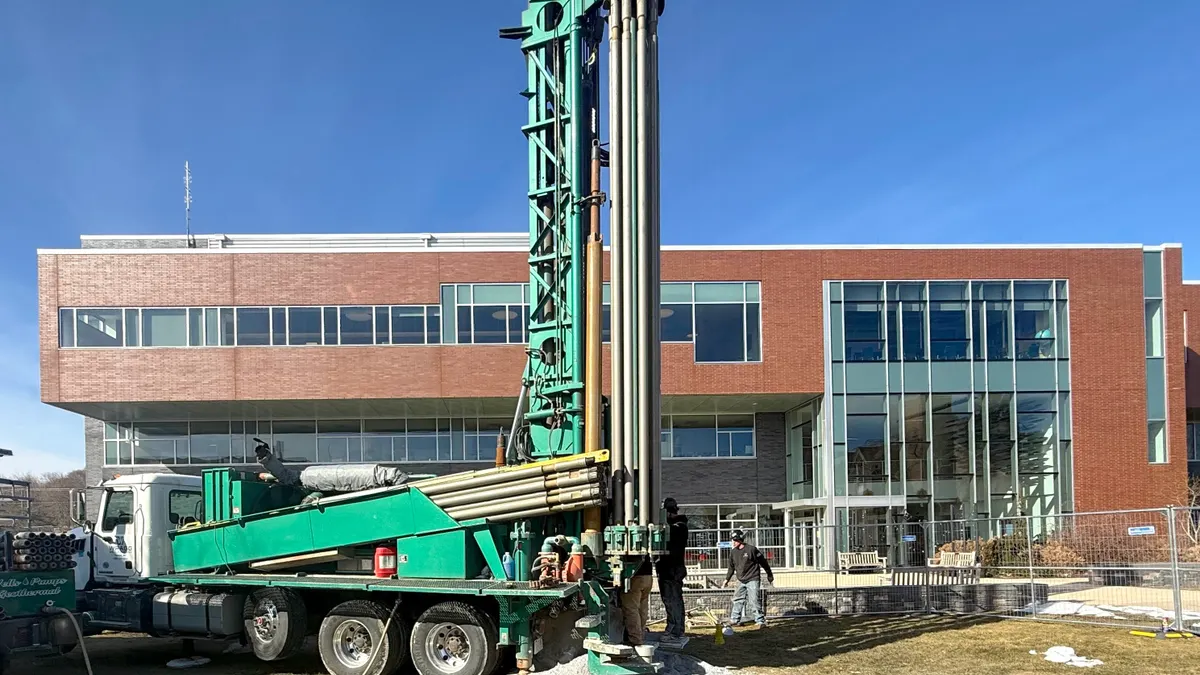Dive Brief:
- Massachusetts will receive a $3.9 million grant from the U.S. Department of Energy to support the adoption and implementation of its updated stretch energy and specialized building codes, according to a press release.
- The state’s Department of Energy Resources will use the funds for on-site training, supporting local building code officials and facilitating the spread of regional best practices for fair adoption.
- Funded by the bipartisan infrastructure law, the grant is part of a greater push by the Biden administration to drive the adoption of updated building codes across the country.
Dive Insight:
DOER updated Massachusetts’ stretch energy code and created the new municipal opt-in specialized stretch energy codes last year, according to the release. Currently, 282 communities in the state follow the stretch energy codes in new construction, with another 18 recently adopting the specialized code. While part of the grant is intended to support field-based training for the affordable housing sector, the commercial stretch code covers all nonresidential buildings since its implementation on July 1.
The state anticipates these codes will cut about 500,000 tons of greenhouse gas emissions in 2030 and generate lifecycle savings of $21 billion in new construction and operating costs. Those emission savings are expected to grow to 694,000 tons per year by 2035 from new construction, compared to the current national model energy code, the press release said.
DOER will partner with the Metropolitan Area Planning Council, NorthEast Energy Efficiency Partnerships and the New Building Institute to implement the grant.
“This funding will directly support our local communities with outreach and training,” Lt. Gov. Kim Driscoll said in the release.
The commercial stretch codes require offices, residences and schools of over 20,000 square feet to use a new thermal energy demand intensity pathway, which mandates the same energy software tools as the current ASHRAE 90.1 Appendix G pathway, with an added focus on heating, cooling and building envelopes. Small commercial buildings — those under 20,000 square feet — can continue following the Base Energy Code, complying with requirements through an updated prescriptive pathway. In addition, altered walls must be brought up to the prescriptive stretch code. Historic buildings remain exempt from these provisions.
Additional mandates include enabling high ventilation buildings, such as labs and hospitals, to continue operating at 10% better than the ASHRAE Appendix G pathway. The mandates also provide an option of adopting the TEDI pathway.
“Energy efficiency measures and transitioning building heating away from fossil fuels will reduce emissions from residential and commercial buildings and reduce the Commonwealth’s total energy demand,” Department of Energy Resources Commissioner Elizabeth Mahony said in the release. “This funding will help us accelerate the broad and equitable local adoption of our new energy codes, and help the design and construction community and our local code officials through the learning curve of the first few years of implementation.












